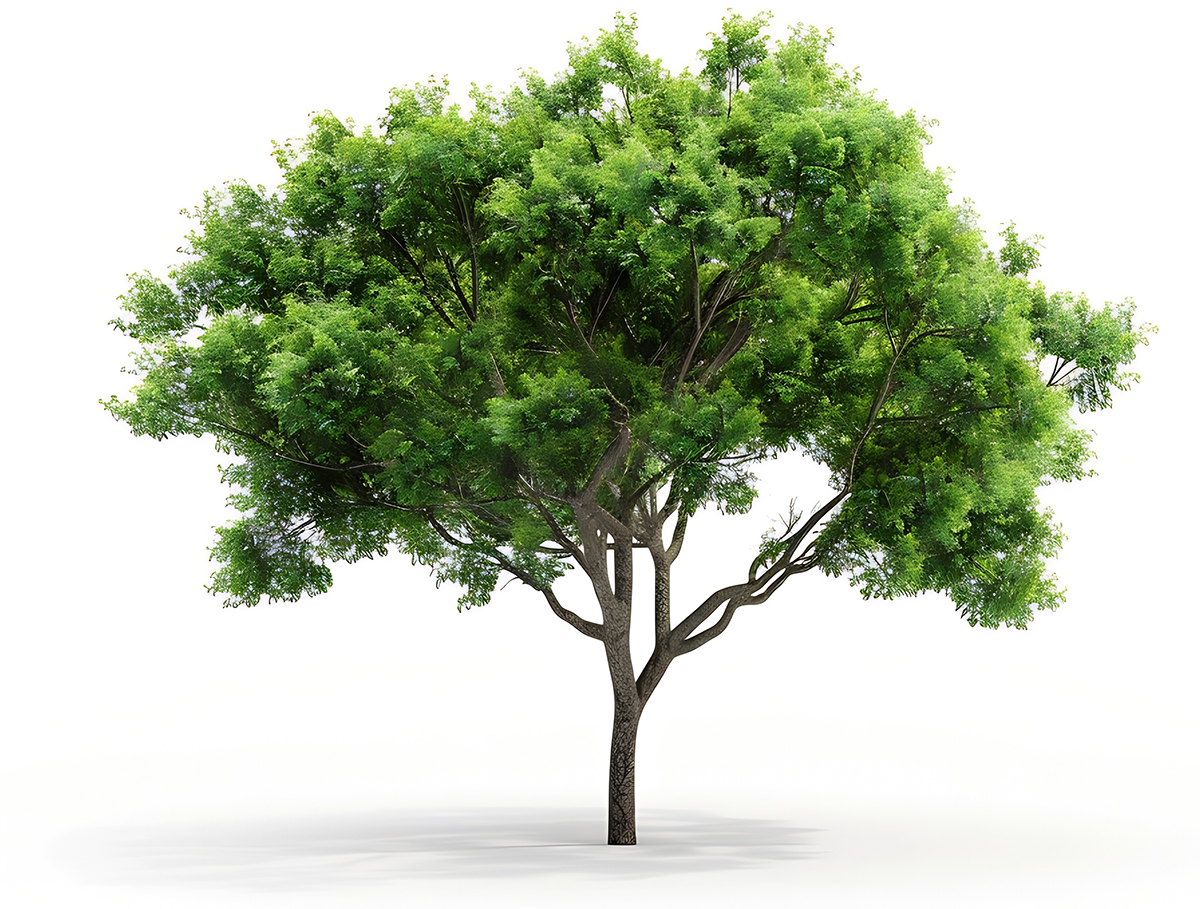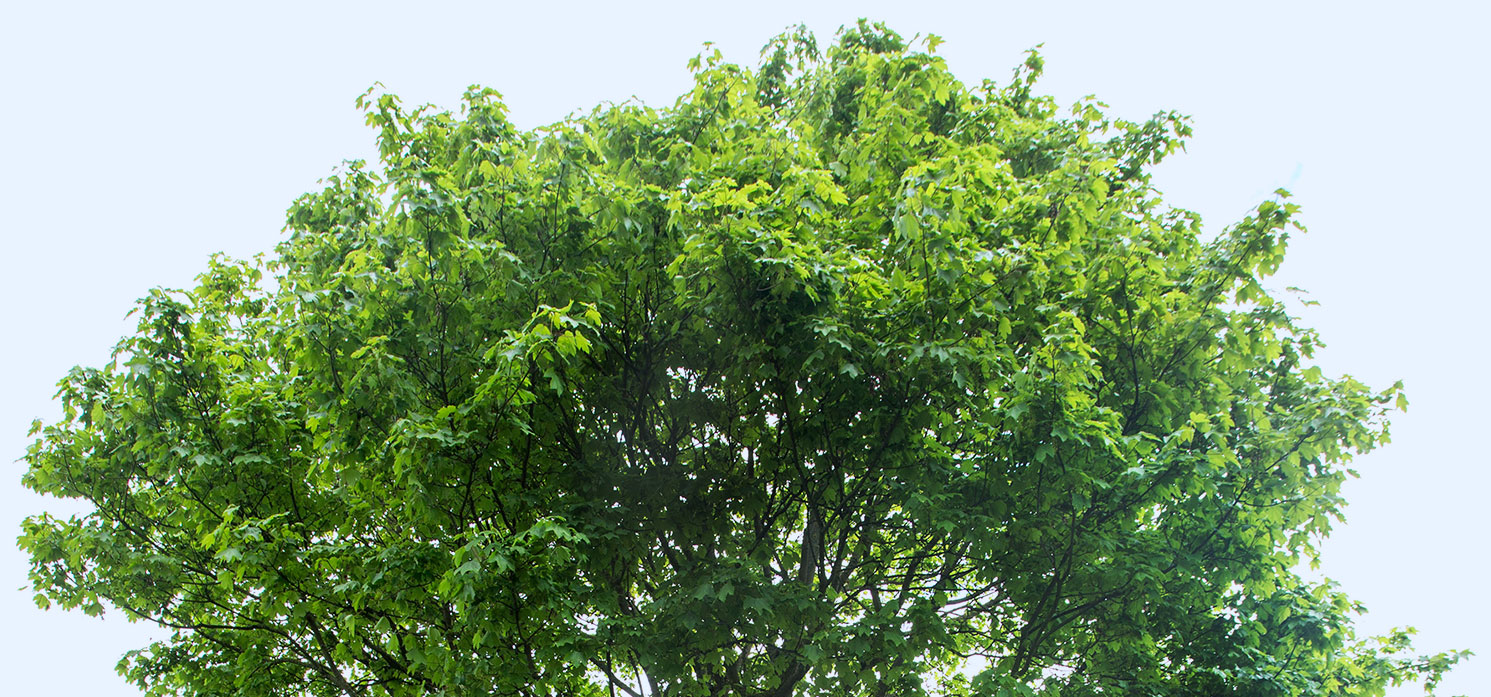Conservation of our natural world was always a top priority of the Dawes family and is a tradition we carry on to this day.
The Dawes Arboretum has been rooted in conservation and wise management of natural resources since its founding in 1929, with a vision ranging from growing collections of trees and plants suitable for Ohio’s climate to experimenting with forestry techniques and sharing outcomes with the public. Today that vision continues with a renewed strategy on managing ecosystems for resilience and biodiversity.
Our team focuses on four key areas of conservation to help maintain various habitats for generations to come.

Habitat Restoration
When Beman and Bertie Dawes founded The Dawes Arboretum in 1929, habitat restoration was a high priority.
Working with the State Forester at the time, the Dawes family established “forestry plots” and in doing so began a tradition of habitat restoration at The Arboretum that continues today which focuses on reforestation, wetlands and grasslands.
Invasive Plant Control
Invasive plant control within all Arboretum properties and ecosystems is an ongoing project of high importance.
As partners with the Ohio Invasive Plants Council, Arboretum staff and volunteers use the most up-to-date and best management practices for their removal.
When a non-native plant enters a natural habitat and begins reproducing so rapidly that it takes over to the detriment of existing flora, it is classified as invasive.
Invasive plants are controlled at The Arboretum in natural and restored ecosystems to promote the biodiversity of native species—both plants and animals.
With the assistance of dedicated volunteers, Arboretum staff aggressively work to remove non-native, invasive plant populations which require a great amount of time and resources.
Plant Conservation Science
We are committed to a strategy that helps further plant conservation locally, regionally and nationally, as well as sharing best practices with global conservation partners.

Our conservation focus includes both Ohio rare plants of concern and the habitats on which they depend, as well as federally listed species.
We seek to join conservation networks that further the ability to help save imperiled plants and we believe it is best achieved by sharing our knowledge and learning from each other. Organizations we are involved with include Ecological Restoration Alliance, The Organization of Biological Field Stations and American Public Garden Association.
In order to increase genetic diversity while conserving distinct local populations, The Dawes Arboretum has significantly expanded our capacity to propagate and grow native plants.
The Dawes Arboretum also shares seeds of wild-origin plants with gardens, across the globe, that participate in the Index Seminum program. This network of gardens share seeds of plants, free of charge, based on reciprocity.
Currently, The Arboretum shares its plant collections data with the North America-China Plant Exploration Consortium (NACPEC), BGCI PlantSearch, Index Herbariorum, and the 13-member PCN multi-institutional maple group.
Collection location data sharing also includes institutions such as ARS North Central Regional Plant Introduction Station, Ames, IA, among others.
Natural Resource Management
Natural resource management must include activities relating to the entire biota — all plants and animals living in an area — to be fully effective.

Agricultural land at The Arboretum is managed through contracts written to ensure the integrity of the soil resource is not compromised in any way.
Arboretum staff works closely with the Ohio Division of Forestry staff and Certified Consulting Foresters to ensure that woodland resources are managed as a sustaining renewable resource.
Reforestation continues to be a priority with an emphasis on areas susceptible to erosion. Once a new planting is established, proper management practices are followed to ensure a quality stand of timber will be available for future harvest.
Riparian areas (habitats along streams, creeks and rivers) at The Arboretum are managed to ensure the integrity of plant and animal diversity while protecting this habitat, critical to high quality flowing bodies of water.
Wetland management is important to protect the diversity of valuable natural resource components at The Arboretum such as soils, water, plants, and wildlife.
Grassland management includes several different facets at The Dawes Arboretum with the most recognized being nearly 100 acres of native grasses and forbs. The vast area is managed as a wildlife habitat and for wildlife observation, seed collection and as a wetland and riparian buffer.
Dawes Arboretum Sustainability
Sustainability lies at the heart of The Arboretum's mission.
By adopting sustainable practices, we can preserve biodiversity, protect natural resources, and promote resilience in the face of environmental challenges. At The Arboretum, sustainability is more than just a concept; it is a guiding principle that shapes our actions and aspirations. To learn more about The Arboretum's Green Team committee, please visit the page below.

